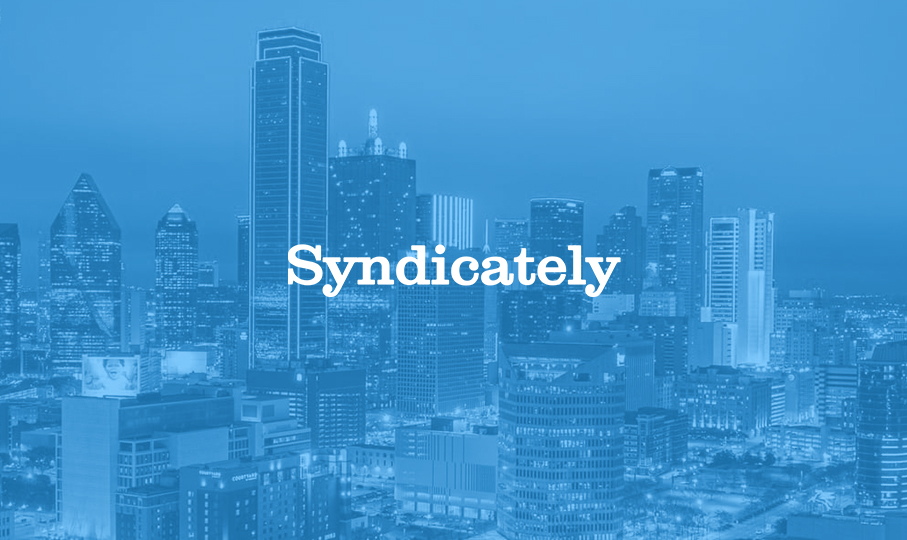One of the simpler methods for early-stage startups to secure funding is by utilizing a financial instrument known as a convertible security. A convertible security allows its holder (usually an investor) to transform it into a different asset, such as company shares. A prime example of this is the Simple Agreement for Future Equity (SAFE).
SAFEs have gained popularity among startups for their simplicity compared to traditional equity investments. SAFE agreements involve fewer complexities.
What Exactly Is a Pre-Money SAFE?
A pre-money SAFE represents a contract between an investor and a startup, outlining the specifics of a convertible security that will be converted into equity under predetermined conditions.
Here’s how a SAFE typically functions: an investor provides capital to a company with the expectation of receiving equity (shares) at a later date. However, at this initial stage, no valuation is set to determine the quantity of shares or the price at which they will be issued.
In the case of a pre-money SAFE, each new SAFE holder dilutes the ownership of existing shareholders, including the founders. This uncertainty regarding ownership percentages prevails until a new financing round occurs. To illustrate this process, let’s delve into an example.
Challenges with Pre-Money SAFEs
Initially, pre-money SAFEs posed two significant challenges. The creators of SAFEs at Y Combinator identified these issues:
-
Investors lacked clarity on the percentage of equity they could expect to receive.
-
Startups struggled to foresee the dilution resulting from pre-money SAFEs.
To address these concerns, the post-money SAFE emerged.
Post-Money SAFE: An Explanation
The post-money SAFE differs from its pre-money counterpart and aims to resolve the previously mentioned challenges. The primary distinction lies in how investors secure a specific equity percentage relative to other shareholders, including fellow SAFE investors. This is achieved through the application of a post-money cap, which takes into account all investments within the “SAFE round.”
Understanding the post-money cap is vital. It covers the entire SAFE round, not just the equity round triggering the conversion.
In a post-money SAFE, the company’s capitalization includes the pre-conversion capitalization (shares owned by founders and other stakeholders before conversions) plus all the shares issued during SAFE conversions. This calculation helps investors and founders determine their ownership percentages in relation to other stakeholders before the new financing round that triggers the conversion.
While the upcoming financing round will dilute SAFE investors to some extent, they will have a clearer understanding of their ownership percentage compared to when pre-money SAFEs are used.
Pre-Money SAFE vs. Post-Money SAFE
Pre-money SAFEs are often preferred, as they help avoid disputes over valuation at a later stage. Conversely, post-money SAFEs are typically employed when securing funds from a single investor, streamlining the negotiation process.




